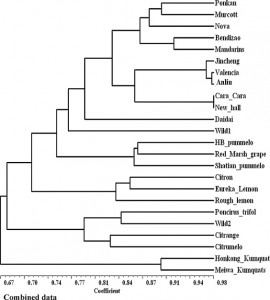The Biotechnology and Biological Sciences Council, one of the UK science-funding agencies, has announced a GBP7 million grant “to increase the diversity of traits available in wheat via a comprehensive pre-breeding programme”. They’re going to be plumbing “ancient sources of wheat germplasm” and creating lines and markers that will allow breeders to breed performance traits into elite lines. All the data and seed lines will be stored centrally and made freely available as part of a coordinated global effort. One of the partners in the project is the University of Nottingham, which issued its own press release, which gives a bit more detail. For example, one of Nottingham’s tasks will be to transfer genetic material from wild relatives of wheat, because “due to modern breeding practises there is not sufficient genetic variation in modern wheat varieties to obtain the increases in yield required”. Another task will be to breed for “Nutrient use efficiency … the amount of grain yield that plants produce for each kilo of nutrient available to the plant”.
Which reminds me, wasn’t it the University of Nottingham’s Professor Donald Grierson who promised, back in the early 1980s, that nitrogen-fixing wheat was just over the horizon? Seems like it still is.
